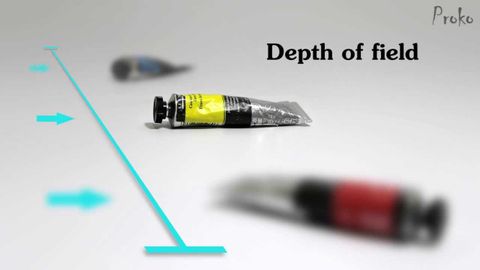
Subtitles & vocabulary
The Illusion of Depth - Edge, Line, Cast Shadow and Paint Thickness
00
vulvul posted on 2015/09/27Save
Video vocabulary
paint
US /pent/
・
UK /peɪnt/
- Transitive Verb
- To make a picture with colored liquids
- To describe as
- Noun (Countable/Uncountable)
- Colored liquid you apply with a brush
A1TOEIC
More draw
US /drɔ/
・
UK /drɔ:/
- Transitive Verb
- To attract attention to someone or something
- To influence a person's involvement in something
- Noun (Countable/Uncountable)
- Something that attracts people to visit a place
- A lottery or prize
A1TOEIC
More Use Energy
Unlock All Vocabulary
Unlock pronunciation, explanations, and filters
